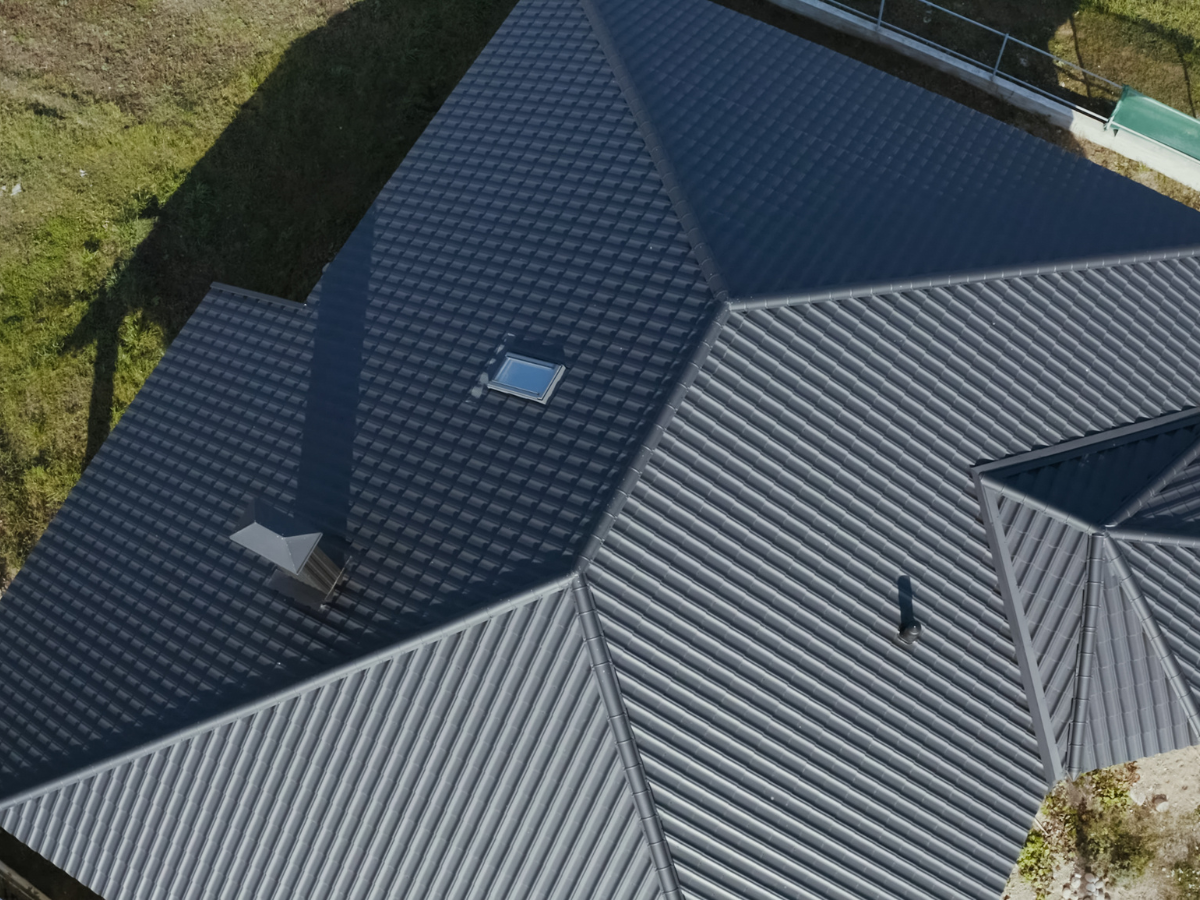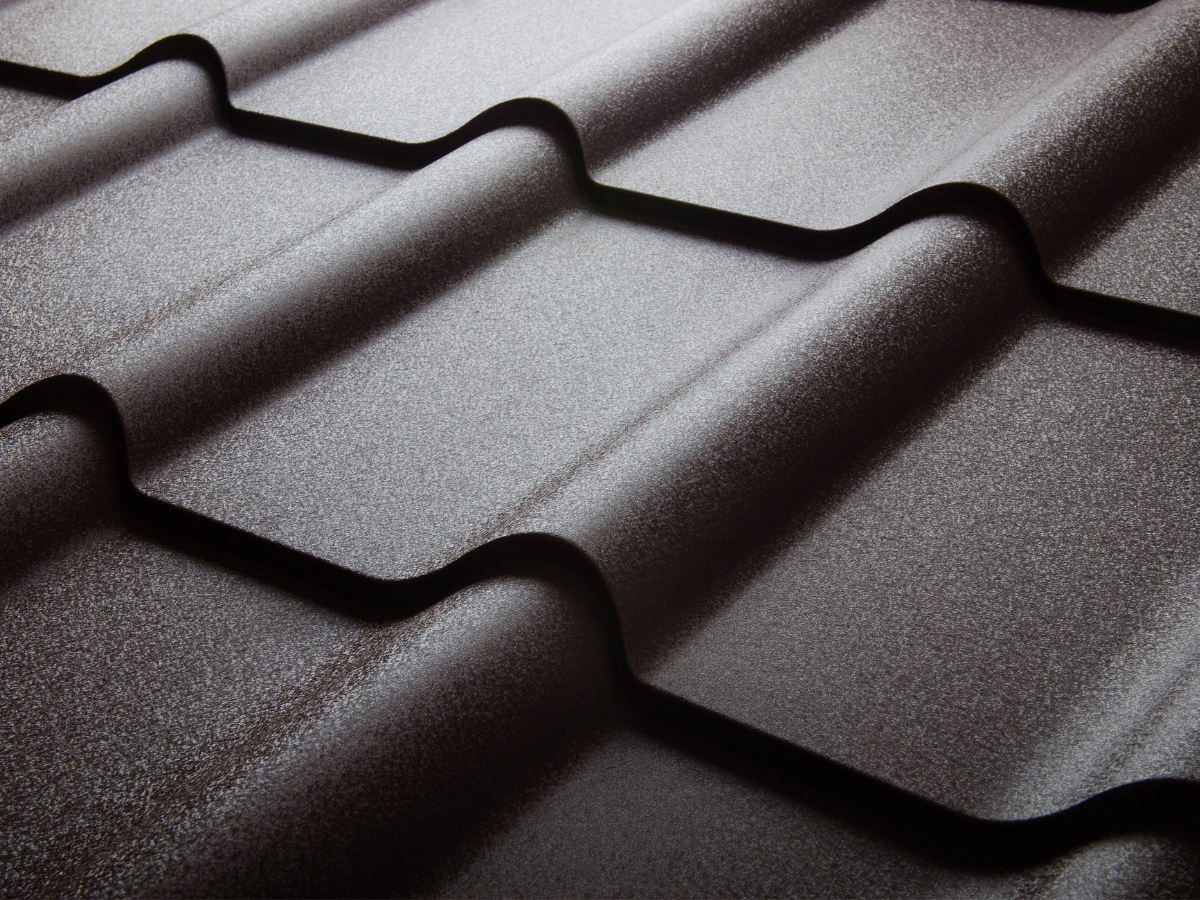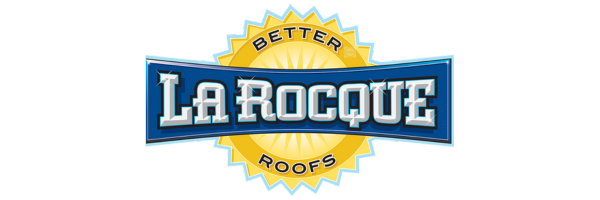Many homeowners don’t always know the different components of their roofing system until maintenance is needed, after all why should they? We've put together an easy and informative guide, so you don’t have to. Leave that to roofing professionals.
 Let’s go through the major parts of a roof so that you can be informed and ready if you have any issues with your roofing. You’ll also be more well-equipped speaking with a roofing professional or any other service provider who does work on your home or property. If you ever get a roof replacement, you’ll also be well informed and know exactly what you’re paying for. If you’re talking to a roofing professional, you’ll understand the roofing terminology they use and won’t feel in the dark to discuss your roofing needs.
Let’s go through the major parts of a roof so that you can be informed and ready if you have any issues with your roofing. You’ll also be more well-equipped speaking with a roofing professional or any other service provider who does work on your home or property. If you ever get a roof replacement, you’ll also be well informed and know exactly what you’re paying for. If you’re talking to a roofing professional, you’ll understand the roofing terminology they use and won’t feel in the dark to discuss your roofing needs.
Decking – Your roof has several layers of different materials that all work together to help keep you warm and safe, helping to form a complete roof system. The decking of your roof is the structural foundation that can be made from materials of wood such as oriented strand board (OSB), or plywood which are common choices due to affordability and strength. It’s the layer that closes your roof and provides a nailbed for shingles or tiles to be laid. Roof decking is also called sheathing. If your decking isn’t in good shape, the rest of your roof will not be either.
Underlayment – The roofing underlayment sits between the decking and the tiles providing another layer of protection. The underlayment helps your roofing structure sit flat creating a uniform surface for the shingles. The underlayment affords a second layer of protection not just from leaks, but mold and water damage entering your home. Roofing underlay helps for energy efficiency as an insulation preventing air from entering or exiting your home.
Attic –The attic is the space right under your roof and the highest floor of your home. The attic is usually the last area of your home you think of unless you’re going to rummage around for those items you use on occasion. It’s a crucial part of your home that regulates its temperature by keeping it cooler in the summer and helps heat from escaping in the colder months.
Vents – Roof vents are the basic ventilation to your attic and allows your whole house to breathe. Without proper attic ventilation, your house would be a hot house in the summer and an igloo in the winter. They also help protect the roofing structure from moisture. Poor roof ventilation means high energy bills.
Rafter – A key part of roof framing, rafters are a series of beams usually made of wood or metal. Rafters give a roof and home its structural support and shape. They also help support the shingles, the roof deck, and the underlayment. There are multiple styles of rafters depending on the style of roof you desire and to match your home. Rafters also help improve the energy efficiency of your home and keeps more money in your pocket by reducing heating and cooling costs.

Ridge – Sometimes called keystones are at the highest point of the roof that joins the 2 roof pitches. It sits at the intersection of two or more sloping surfaces. The ridge beam supports the rafters and distributes the weight of the whole roof.
Collar Beam – Collar beams are horizontal beams that attach to both sides of the rafters. They’re located on the upper part of the roof.
Battens – Usually made of wood or metal and are placed adjacent to the rafters allowing your roof to breathe and for condensation to dissipate. Battens increase the strength of your roof system, enabling the materials to be secured firmed and assist with correct alignment of roofing sheets that are laid on. Battens make sure the load is evenly distributed across the entire roof and not in one area.
Joists – Roof joists are laid side by side parallel to each other and are aligned horizontally to roof rafters. They help to support the rest of the roof and can be made form wood, concrete, or steel. Roof joists are different than ceiling joists in that there is only one roof joist in a building as opposed to ceiling joists that would be placed on each level of the home.
Soffits – Soffit which means, “something fixed underneath” is exactly as the meaning suggests. The eaves of your house or the rafters will sometimes sealed, this sealing off is called a soffit. The benefits of having soffits are twofold. They help ventilate your attic space and keep air flowing properly. If your roof gets overheated, it can lead to the faster breakdown of your tiles or shingles. Without soffits, your rafters could rot and allow moisture and eventually mold into your home or property.
Fascia – If soffits are the boards hat cover the area where your roof overhangs, fascias are the boards that go around the outer edge of your roof. They work as a vertical barrier protecting your roof and home. Together they give your roof a finished, clean look.
Rake – The rake of a roof surrounds the outer edge of a gable roof the same way fascias go around the edge of the soffits. The rake protects roof damage caused by pets getting into the roof through this area and causing damage. Rakes also create a barrier from moisture.
Hip – Simply, the hips of a roof are when two surfaces of a roof meet and protrude outward. Hips can be a part of many different styles of roofing. One advantage of having a hip roof it performs very well if you live in an area of high winds though they perform worse in snowy weather. Hip roofs are easier to build yet give you less attic space.
Eaves – The section of your roof that extends beyond the exterior wall is your eaves. They provide added protection from the elements. Again, like many of the parts of before, eaves provide proper ventilation especially for the attic. They also create a more attractive home.
Valley – Roof valleys are exactly what they sound like, grooves or valleys where two facets of your roof creating a dip. This makes valleys particularly susceptible to leaks.
Dormer – Dormers are built in areas that add not only to the architecture to your home, but add living space, light and an expansion to your home. They can brighten up a dark attic, give you more living space inside an upstairs bedroom or office and also provide cross breeze.

Chimney – Out of all the parts of a roof, chimneys are probably the most familiar. Built for ventilation from the gases from inside your home.
Flashing – Flashing is the material on your roof that at the edges of where chimneys or vents meet the tiles on your roof or where a part of the roof meets an exterior wall of your home. It keeps those areas dry, preventing water damage or cracks.
Drip Edge – Is a type of flashing which is installed right at the edge of the roof right under your tiles or shingles. Like many of these roofing components, it acts as an added barrier to lead water away from the underlying roofing layers. Without a drip edge,
Gutters and Downspouts – Gutters run parallel to your roof while downspouts run the vertical length of your homeUsed to move water away from your roof and home.
Covering – Coverings are the very top layer that you see such as the tiles or shingles that cover your roof.

If you have any questions or need roof maintenence, reach out to us at (833) LBR-4YOU. WE'VE GOT YOU COVERED!

